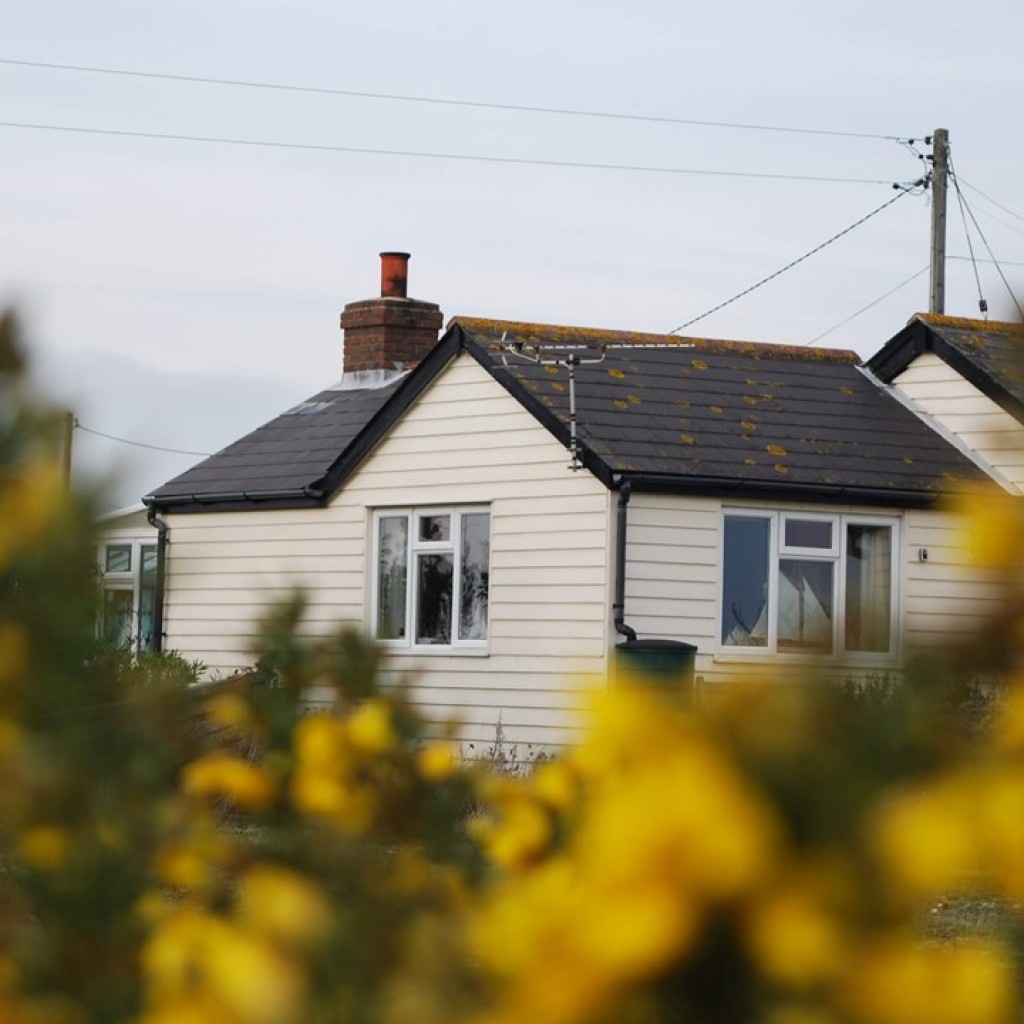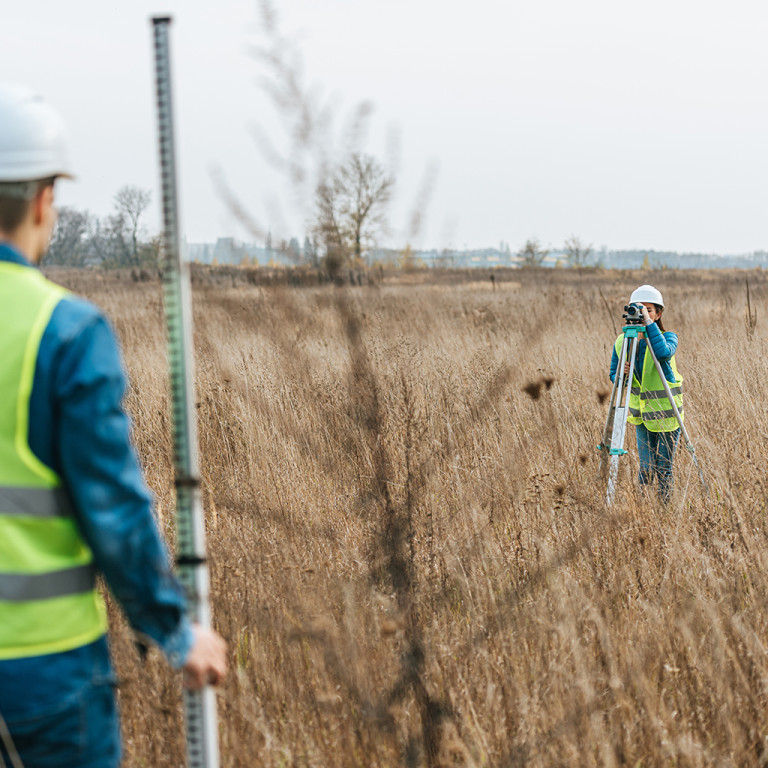Recent cases confirm the principle that curtilage is not land use, but rather a description of land attached to a building.
What is residential curtilage?
Residential curtilage is the land immediately surrounding a dwelling and can include any other closely associated buildings or structures to form one enclosure within which a homeowner can have a reasonable expectation of privacy.
A recent case involved a landowner who had been served with an enforcement notice for erecting a building on land that he claimed to be a residential curtilage. The landowner sought to rely on permitted development rights (Class E of Schedule 2 of the General Permitted Development Order 2015) for the building and argued that the land was within the curtilage of the main house as evidenced by the fact that the Local Planning Authority had previously granted a certificate of lawfulness for the use of that land as a garden incidental to the enjoyment of the main dwellinghouse. The Planning Inspector upheld the enforcement notice and the landowner appealed. The High Court dismissed the appeal, accepting the Inspector’s decision that the land was not curtilage.
How to find out if your land is in curtilage?
The word curtilage is not defined in the statute. However, some important cases discuss curtilage, and the Judge in one of the leading cases (Dyer) described it as “an area of land attached to a house and forming one enclosure with it”. The High Court in this case confirmed that whether or not land is within the curtilage of a dwellinghouse will be a question of fact and degree each time for the decision maker (Local Planning Authority or Planning Inspector). When determining what constitutes curtilage the decision maker has to identify (i) the physical layout (ii) ownership, past and present, and (iii) use or function, past and present. Whilst the function of the land is relevant to the question of curtilage, it is not determinative. The fact that the land in question had been used for domestic purposes for more than 10 years did not mean that it was residential curtilage.
Find out more
Our experienced team of planning lawyers are on hand to advise on any questions or advice you need on planning permissions.






